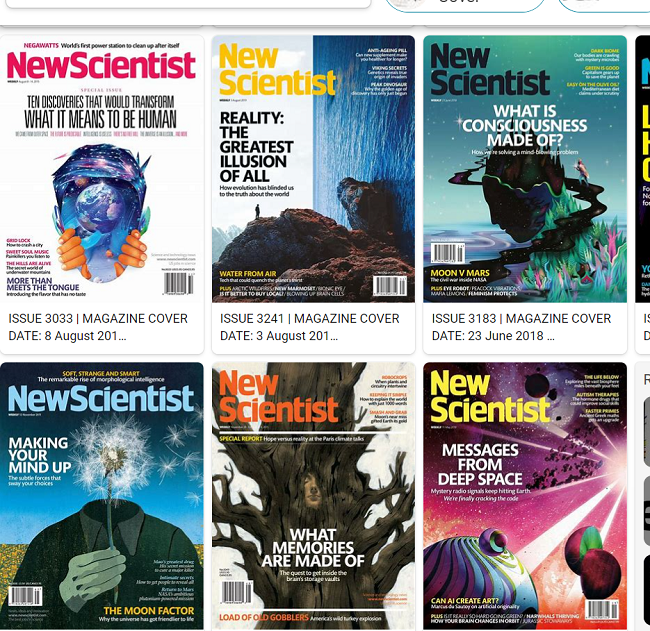New Scientist Magazine is Currently Accepting Pitches / Pitching Guidelines (Payment + Publication)
New Scientist magazine is looking for science and technology stories from around the world that will intrigue, entertain and inform the widest possible audience — be they physicists, biologists or people with no science background at all.
The magazine, New Scientist, covers fascinating bits of pure science with no possible application as well as high-impact stories such as weapons technology and the psychology of terrorism. Besides reporting the latest research, they also try to find interesting scientific or technological angles on major news events.
Eligibility Guidelines for New Scientist Magazine
- They seek writers from around the world.
- They only accept stories on science and technology.
- Stories submitted should be non-fiction — in the style of news writing and feature articles.
How to pitch news stories to New Scientist Magazine
- When suggesting a story, send in a paragraph or two describing exactly what the story is and why it’s significant. If it’s not obvious, spell out how it is different to what’s been done before.
- The story has to thrill the editors. Is it something you’d tell your friends down the pub? The pub test is a good way to assess the interest in a story.
- Send in focused pitches relating to one or two story ideas, rather than pitching many less well-informed ideas at once.
- Make sure it is a good science story and explain why it is a good story – remember, your story is competing for coverage against tens or hundreds of others each week. Send them a top line that makes it stand out.
- Tell them about your angle or added extra. Perhaps you have exclusive video, or exclusive access to a hard-to-reach scientist. Tell them about the special extra.
- Do include details such as the names of the researchers and organisations involved, where you came across it, what – if any – media coverage the story has had and, in the case of journals, the title and date, and if there is any embargo.
- This makes it easier to decide whether it’s worth covering and to schedule it.
- If you haven’t written for New Scientist before, it’s helpful to tell them a bit about your background and writing experience as well. A short bio would help cover this requirement. Don’t forget to include your phone number and email address.
Things to Consider When Pitching features to New Scientist Magazine
- First and foremost, a New Scientist feature is an article that people will love to read.
New Scientist is not intended as required reading for professional scientists, as a public service or as an educational tool. - Their features are informative, thought-provoking and scrupulously researched, but must also stand alone as entertaining pieces of journalism.
- They do not run features on new research just because it is worthy or important to the researchers involved. Your feature needs an angle, implications, people, a storyline and a payoff. Its content should be new to the vast majority of our readers, or there should be some timely reason for covering the subject. Above all, it will aspire to be the best, most incisive, insightful and enjoyable piece of writing on the subject anywhere.
- The ideal pitch is just a few paragraphs long. It should quickly tell an editor what the story is, what’s new and why New Scientist should cover it. It should be eloquently written and give a flavor of the tone of the finished feature.
- Bear in mind that New Scientist features are stories and follow a narrative structure. Make sure you not only tell us what the story is, but also how you plan to tell that story in a compelling way.
- They strongly advise that you show an awareness of the magazine, website and their readers. It’s worth repeating that before you send a pitch, please check the New Scientist-online archive to see what they done in the area in the past.
- Above all, they seek imaginative treatments and high-quality writing. A pitch that conveys the promise of something original.
The New Scientist Accepts Pitches Via the following channels:
- For news, email one of the specialist editors:newseditors@newscientist.com
- Send features to catherine.delange@newscientist.com
How Much Does the New Scientist Magazine Pay its Contributors.
Payment is an important aspect of the writer’s working life. The publishers know this and that’s why they pay per words published, which will normally be about the same as the number of words commissioned. The editor handling a story can tell you the going rate. Payment will be sent to the address you give us within a month or so.
If you seek more magazines that are accepting pitches, read these! And good luck!




